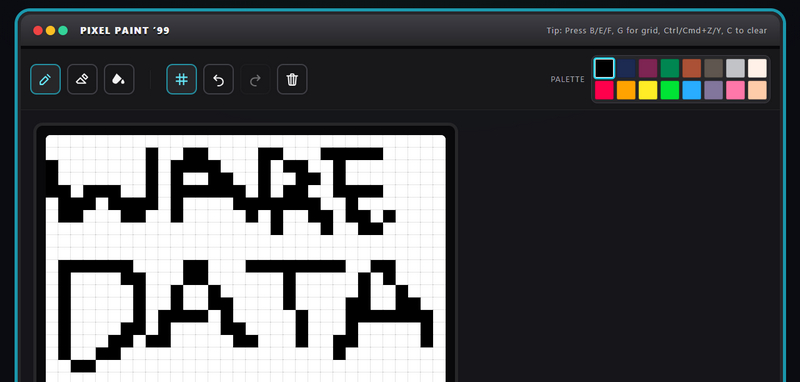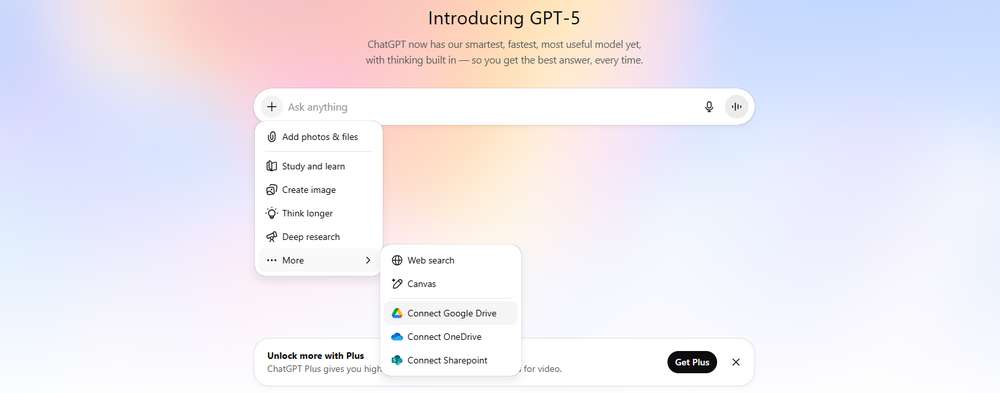On August 7, 2025, OpenAI officially launched its latest AI version called GPT-5. We checked the ChatGPT dashboard, and the news is indeed true; when opening ChatGPT, the interface has now changed to GPT-5 with a more colorful background.
So what are the latest features in GPT-5? We have summarized them in general for you. This is interesting because OpenAI and ChatGPT have reached billions of users every month.
Table of Contents
- Unified System Architecture
- Capability Advancements
- Performance Benchmarks
- Enterprise Integration
- Reliability and Safety
- Efficiency and Deployment
Unified System Architecture
GPT-5 introduces a unified architecture combining three components: a high-efficiency model for routine queries, a “GPT-5 thinking” model for complex problems requiring deeper reasoning, and an intelligent real-time router. This router dynamically selects the optimal model based on conversation complexity, tool requirements, and explicit user intent (e.g., “think hard about this”). The system continuously improves through training on real user signals like model-switching behavior and response preferences.
Capability Advancements

The model demonstrates major leaps in coding, generating responsive websites/apps with nuanced design intuition for spacing, typography, and aesthetics in a single prompt. It excels at debugging large repositories and complex front-end generation. For creative writing, GPT-5 translates rough ideas into resonant prose and poetry, handling structural challenges like unrhymed iambic pentameter with expressive clarity. In health applications, it acts as a proactive thought partner-flagging concerns, adapting to user context/knowledge level, and scoring higher on physician-evaluated benchmarks like HealthBench.
Performance Benchmarks

Quantitative evaluations show state-of-the-art results: 94.6% on AIME 2025 (math), 74.9% on SWE-bench Verified (coding), 84.2% on MMMU (multimodal), and 46.2% on HealthBench Hard. The “GPT-5 Pro” variant with extended reasoning achieves 88.4% on GPQA science questions. Notably, it accomplishes these with 50-80% fewer output tokens than prior models for equivalent tasks.
Enterprise Integration

For businesses, GPT-5 enhances productivity by synthesizing insights from company data (e.g., Google Drive, SharePoint) while respecting permissions. Use cases span engineering (multi-repo code reviews), sales (strategic account planning), and operations (process optimization). Early adopters like Amgen report “increased accuracy, higher quality outputs, and faster speeds” in high-stakes workflows.
Reliability and Safety
Factual errors are reduced by ~45% (vs. GPT-4o) in standard mode and ~80% when using “thinking” mode. Hallucinations on open-ended fact-seeking benchmarks dropped sixfold. GPT-5 also shows greater honesty: In tests with missing data (e.g., nonexistent images), it admitted incapability 91% more often than previous models. Deception rates fell from 4.8% to 2.1% in representative user interactions.
Efficiency and Deployment
Trained on Microsoft Azure AI supercomputers, GPT-5 optimizes computational resources. It supports a 400K-token context window and offers API parameters like minimal reasoning for speed and verbosity to control response length. Pricing is set at $1.25/1M input tokens and $10/1M output tokens, with a 90% cache discount.
If you want to experience the differences between GPT-5 and previous versions, you can directly try it with your account to give commands and then see if the answers are better than previous versions.
Maybe you would like other interesting articles?

